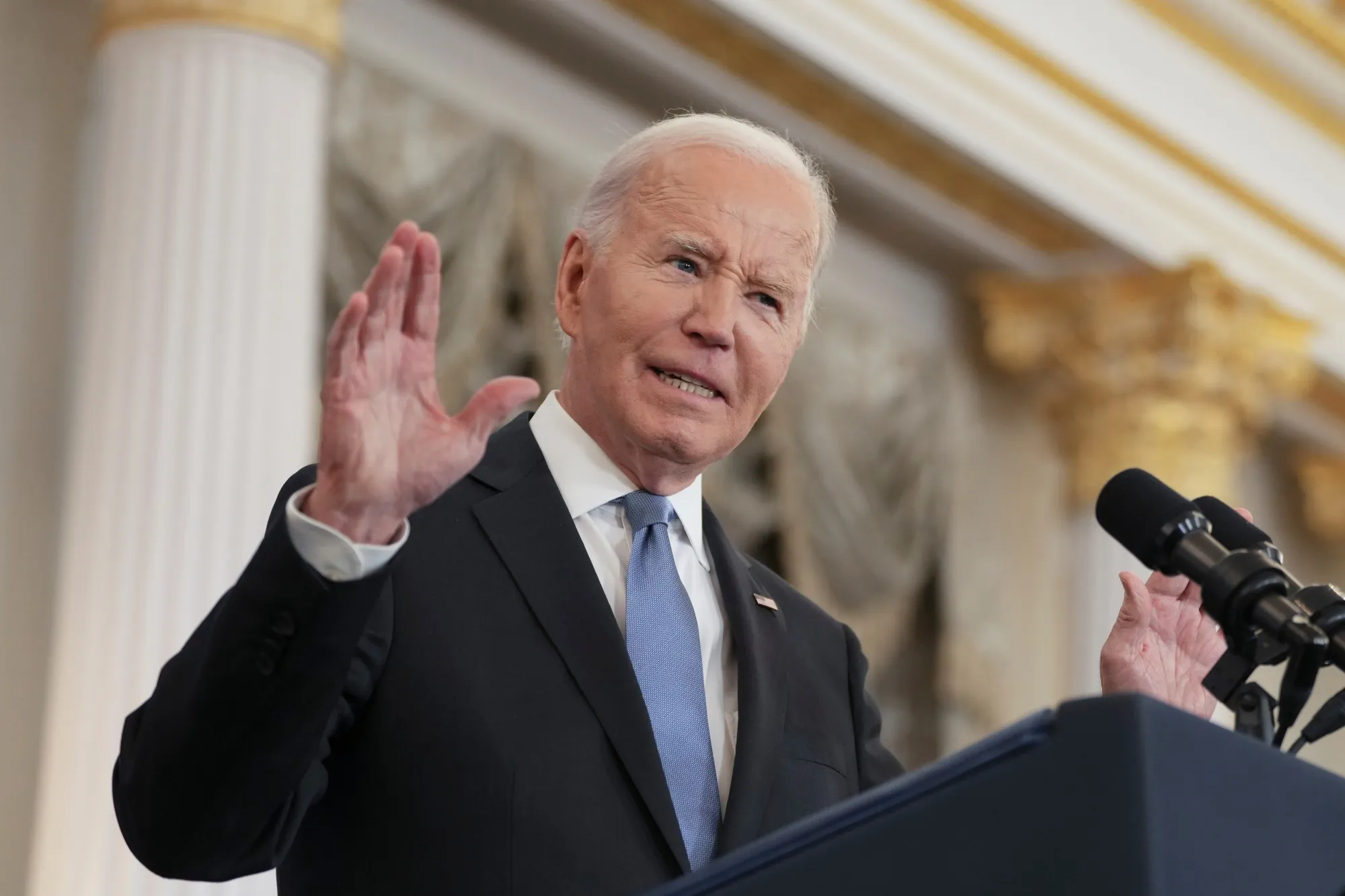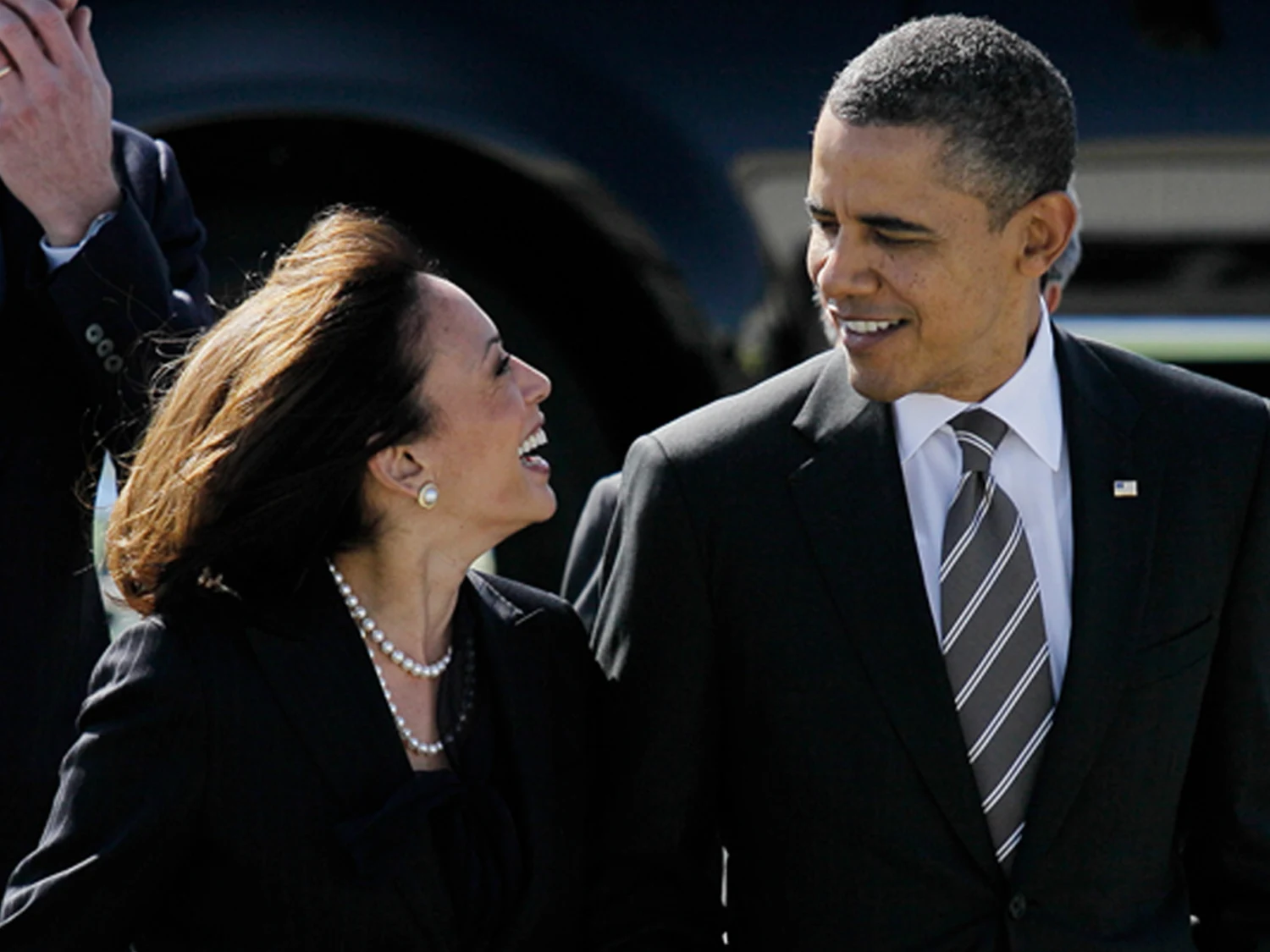The US Consumer Price Index (CPI) rose by 2.6% in October, reversing a six-month trend of easing inflation and meeting economists’ expectations.
This uptick in inflation is a reminder of the challenges the Federal Reserve faces as it works to keep inflation near its 2% target. The latest data has left markets recalibrating their expectations for the central bank’s next move, particularly regarding a potential interest rate cut in December.
After months of cooling inflation, October’s CPI figures have raised concerns about the persistence of disinflation. The annual rate of 2.6% marks an increase from September’s 2.4% and points to a more challenging inflationary environment than expected. On a monthly basis, the CPI rose by 0.2%, maintaining the same rate of increase as September and in line with predictions.
Core CPI, which excludes the more volatile food and energy sectors, also held steady at 3.3%, signaling that underlying inflation pressures remain somewhat persistent. Month-over-month, core CPI rose by 0.3%, which was in line with economist expectations.
A significant portion of the CPI increase in October was driven by the shelter index, which rose by 0.4%. This accounted for more than half of the overall monthly increase. The food index also saw a modest rise of 0.2%, with both food-at-home and food-away-from-home costs climbing 0.1% and 0.2%, respectively.
While energy prices held steady in October following a sharp 1.9% decline in September, other areas such as used cars and trucks, airline fares, medical care, and recreation saw noticeable price increases. In contrast, categories like apparel, communication, and household furnishings experienced price declines.
The October inflation report has sparked a shift in market expectations, particularly regarding the Federal Reserve’s monetary policy. Before the report’s release, markets were pricing in a 58% chance of a 25-basis-point interest rate cut in December. Following the report, the likelihood of a December rate cut jumped to 72%, according to the CME FedWatch Tool.
The market’s reaction included a decline in Treasury yields, with the two-year yield falling by 7 basis points to 4.28%. Equity futures responded positively in premarket trading, with small-cap stocks leading the way. The Russell 2000 futures surged by over 1%, while contracts for the Nasdaq 100 and the S&P 500 each gained 0.2%.
Despite the positive market reaction, the path forward for the Fed remains uncertain. Minneapolis Fed President Neel Kashkari signaled that the central bank could reconsider a December rate cut if inflationary pressures were stronger than expected, casting doubt on the likelihood of further rate reductions in the near term.
Eugenio Aleman, chief economist at Raymond James, warned that the Federal Reserve’s task is far from over.
“Although inflation was in line with expectations in October, both month-on-month as well as year-over-year, it is clear that the Federal Reserve’s job is still unfinished… Markets are correct in repricing federal funds rate expectations going forward,” Aleman said.
Aleman also highlighted that any sudden surge in oil and gas prices could threaten the Fed’s inflation target, underscoring the precarious nature of the current inflationary environment. While inflation has significantly eased since peaking at 9.1% year-over-year in June 2022, a sustained rise in energy prices could derail progress toward the Fed’s goal.
The October inflation data serves as a reminder that while inflation has cooled from last year’s highs, the journey back to the Fed’s 2% target will likely be slow and uneven. While the central bank has already started reducing interest rates, the Fed will need to carefully navigate the data in the coming months to avoid stoking inflation again.
Markets, too, will remain on edge as they monitor the evolving economic landscape. The possibility of a December rate cut remains uncertain, but with inflation still above target and key price pressures like shelter and energy continuing to rise, the Fed will have to balance the risks of further tightening against the need to support economic growth.









